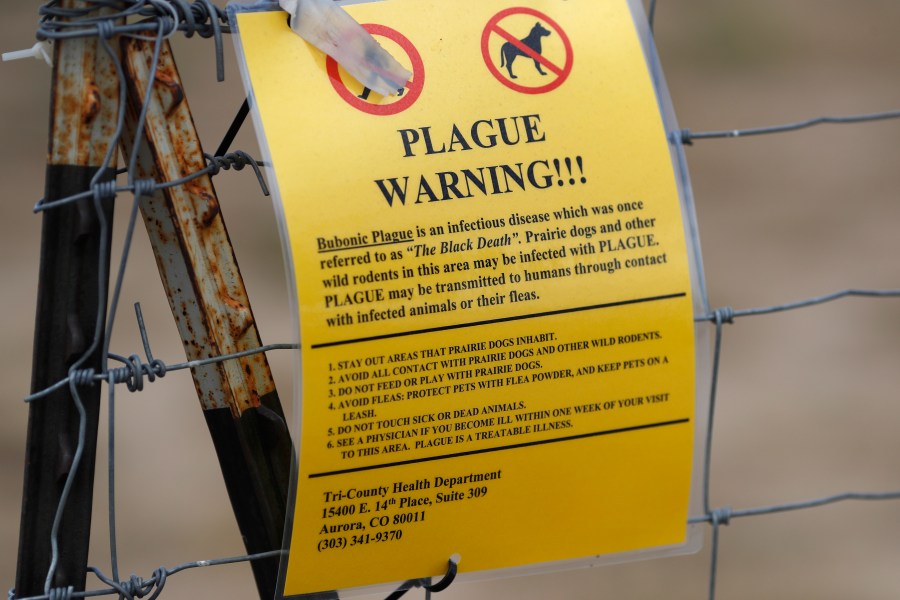A resident of South Lake Tahoe has tested positive for the plague, county health officials confirmed Tuesday, marking the first human case in El Dorado County since 2020.
The El Dorado County Environmental Management Division and Public Health Division stated that the patient is under the care of a medical professional while recovering at home.
The case remains under investigation. It is believed that the person became ill after being bitten by a flea while camping in the South Lake Tahoe area.
Here’s what you need to know about the deadly disease.
What to Know About Plague
Plague is often remembered as the “Black Death,” a pandemic that devastated Europe during the Middle Ages. But the disease has never disappeared. The bacterium Yersinia pestis continues to circulate among rodents and their fleas, creating a reservoir that makes eradication nearly impossible.
Health experts say the disease first appeared in the United States around 1900, arriving on rat-infested ships that docked in coastal cities. The last urban plague epidemic in the United States occurred in Los Angeles from 1924 through 1925, according to the CDC.
Today, cases are rare and tend to occur in rural areas of the western United States, as well as in certain regions of Africa and Asia.
How Infection Spreads
Humans can contract plague after being bitten by fleas that have fed on infected animals, by handling the tissue or body fluids of a plague-infected animal, or by infectious plague pneumonia droplets.
There are three forms of plague:
- Bubonic plague is the most common, causing swollen lymph nodes near the site of infection.
- Septicemic plague occurs when bacteria enter the bloodstream.
- Pneumonic plague infects the lungs and can spread through droplets expelled by coughing or sneezing.
Person-to-person transmission has not been documented in the U.S. for more than 100 years, except in rare cases involving pneumonic plague from sick pets.
Symptoms and Treatment
Symptoms typically appear within two weeks of exposure and include fever, nausea, weakness, and swollen lymph nodes. Doctors confirm infection through blood tests or samples taken from lymph tissue.
The CDC advises physicians to initiate antibiotic treatment immediately if plague is suspected, even before test results are returned. Without treatment, the disease can quickly become fatal.
How Common Is It?
Plague remains rare in the U.S., with an average of seven cases annually, mostly in Western states such as Arizona, California, and New Mexico, according to the CDC.
How to Stay Safe
Health officials urge residents and visitors to take precautions when camping or hiking in areas with wild rodents:
- Do not touch or feed rodents.
- Keep pets leashed and away from burrows.
- Use flea-control products on animals.
- Wear long pants tucked into boots and apply insect repellents containing DEET to socks and clothing.
These steps can lower the risk of flea bites and reduce the chance of exposure for both people and pets.
